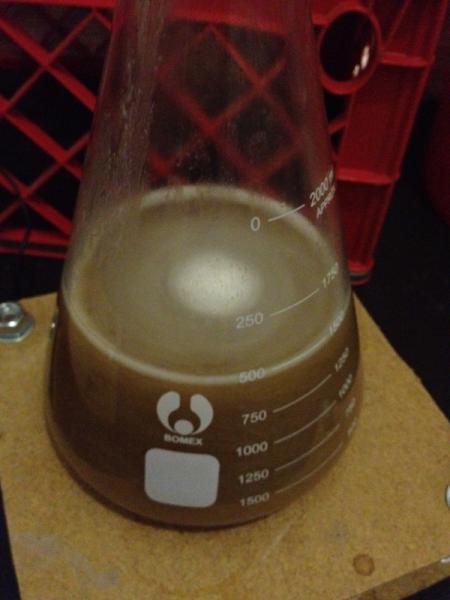JayMac said:If I use a 12V power cable and a 12V switch, would it just limit my fan to this voltage, essentially making it work as a 12V computer fan?
Not quite. Reducing the voltage will slow down the fan. At a certain point, it won't have enough voltage to start up.
SOME fans (ie one that has a higher startup voltage requirement than its minimum voltage requirement) can be "helped" along by applying the power to it and manually giving it a quick spin to get it started (kinda like a rolling start with a vehicle). Obviously, operating it like that isn't really conducive to its use in a stirplate.
And even then, there will be a minimum voltage at which it will be able to CONTINUE spinning. 12V is probably below that minimum voltage - to give some perspective, it's like operating a 12V fan a 3.4V. I have never personally seen a 12V fan able to run at that kind of voltage.
And EVEN IF ONE COULD, it would be so close to its minimum voltage that speed control would be practically non-existent. Let's say that this fan had an astonishingly low voltage at which it could startup and maintain spinning of 3.0V. The minimum to maximum would therefore be 3.0V to 3.4V, meaning you have a usable range of 0.4V - or roughly 3% of its voltage rating. That's essentially negligible when it comes to controlling the RPM. Scale all these things up by a factor of 3.5, and you can say the exact same thing about a 42V fan.
Not really. It's just to make it easier to position it well. Trying to fine tune the placement of one neodymium magnet onto (essentially) another one is not an easy thing, and can really hurt if you're not careful!JayMac said:I'm guessing the stainless steel washer is being used to shield the magnet from the magnet in the DC motor






































![Craft A Brew - Safale S-04 Dry Yeast - Fermentis - English Ale Dry Yeast - For English and American Ales and Hard Apple Ciders - Ingredients for Home Brewing - Beer Making Supplies - [1 Pack]](https://m.media-amazon.com/images/I/41fVGNh6JfL._SL500_.jpg)












